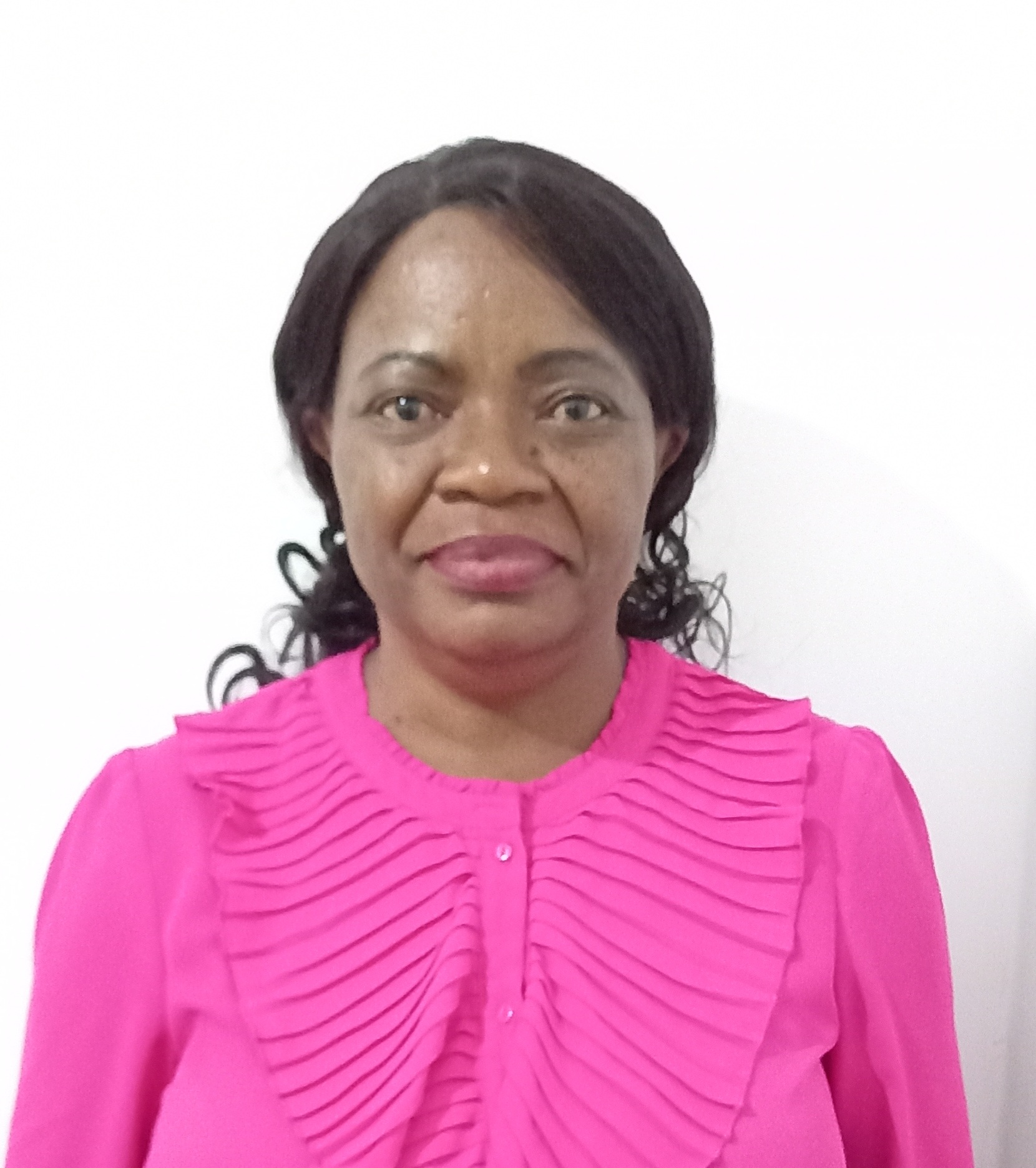

Opportunities for Flood Victims: Building Back Better and Stronger Recovery Strategies
As I reflect on the recent floods in Kenya, I am reminded of the late Prof. Wangari Maathai’s words: “Nature is very unforgiving; if you destroy nature, nature will destroy you!”
When it comes to natural disasters, both men and women are negatively affected, but did you know that women are hit hardest during disasters? Women are more likely to die because they lack information. Women are more vulnerable than men due to their gender identity and care-giving roles. They are less prepared for the onset of disasters, during the disaster, and afterwards.
As I reflect on the recent floods in Kenya, I am reminded of the late Prof. Wangari Maathai’s words: “Nature is very unforgiving; if you destroy nature, nature will destroy you!”
When it comes to natural disasters, both men and women are negatively affected, but did you know that women are hit hardest during disasters? Women are more likely to die because they lack information. Women are more vulnerable than men due to their gender identity and caregiving roles. They are less prepared for the onset of disasters, during the disaster, and afterwards. Particularly, female-headed households are most vulnerable, impairing their ability to cope with adverse circumstances and long-term recovery from flood-induced vulnerabilities.
I have been talking to some women and asking them how the floods affected them, and I wish to briefly mention this in the context of gender.
Gender-Specific Impacts of Floods
- Water Points Destroyed: The Kenya Red Cross Society reports that 2,322 water points have been destroyed. Now, women have to use floodwater, risking disease, or travel further to access clean water sources. The wood fuel that could be used to boil water is wet and useless. Dublin’s Principle No. 3 states that women play a central part in the provision, management, and safeguarding of water.
- Sanitation Facilities Destroyed: Septic tanks and pit latrines are overflowing, with sewage contaminating water sources. Women are unable to manage their hygiene adequately, including menstrual hygiene. SDG 6.2 aims to achieve access to adequate and equitable sanitation and hygiene by 2030, paying special attention to the needs of women, girls, and those in vulnerable situations.
- Houses Submerged or Destroyed: Women, children, and persons with disabilities have moved to shelter homes, IDP camps, schools, and churches with limited WASH facilities. They face long queues to use the facilities and risk sexual harassment. Their clothes have been destroyed, exposing them to cold weather and illness. In Mathare North, a mother of two had to split her children to accommodate them with relatives, causing social disruption. 41,674 households have been destroyed.
- Loss of Employment: Women who are daily wage earners, such as domestic workers and vendors, are hard hit. Unlike women, men find it easier to migrate to other places for jobs.
- Damaged Crops: Women comprise nearly half of the world’s smallholder farmers and produce 70% of Africa’s food. The destruction of crops in family gardens and farms will widen the gender gap.
- Damaged and Impassable Roads: Pregnant women and those in need of medical care face life-threatening situations due to impassable roads. For example, in Magadi, a pregnant woman had to be carried in lesos to receive help.
- Disease Surge: Waterborne diseases like diarrhea, cholera, and malaria surge after floods. Women, as caregivers, have to take care of the sick.
Moving Forward: Strategies for Recovery
- Preparation for Disasters: Learn from past experiences and prepare better for future disasters. Warnings from the Meteorological Department need to be taken seriously. Riparian lands should be vacated and gazetted as protected forest zones, with tree planting along the banks.
- Gender-Dis-aggregated Data: Collect data that highlights the impact of floods on women, girls, and vulnerable groups.
- Empowerment Programs: Implement programs to mitigate household risks for flood-affected women.
- Improved Access to Recovery Assistance: Provide special attention to improving women’s access to recovery assistance and capacity-building.
- Gender-Friendly Facilities: Ensure gender-friendly toilet facilities, such as separate toilets at shelter centers and portable toilets during flood periods. Explore opportunities for onsite WASH technologies.
- Public Awareness and Preparedness: Raise public awareness and promote disaster preparedness.
- Gender Equality: Improve gender equality to strengthen resilience to disasters. More resilient women mean more resilient societies. Communities recover faster when women are supported.
- Needs-Based Disaster Response and Recovery: Address the specific needs of women, children, and vulnerable groups during disaster response and recovery.
- Sustainable Local Livelihoods: Organizations working in flood-prone areas should facilitate the building of sustainable local livelihoods.
- Psycho-Social Support Services: Offer free psycho-social support services for survivors, as losing loved ones or experiencing near-death events can be deeply traumatizing.
- Government Programs and Funding: Rally both national and county governments to create special program kitties to source funds for resettling flood survivors in new homes. In cases like Mai Mahiu, this could mean building a whole new town at a safer location with carefully planned physical and sanitation infrastructure.
In conclusion, the impact of floods on communities, especially on women, cannot be overstated. As we strive to rebuild and recover, it is crucial to recognize the unique challenges faced by women and other vulnerable groups. By focusing on gender-sensitive strategies, we can ensure that recovery efforts are inclusive and effective. Empowering women through access to resources, education, and support is not just a moral imperative but a practical strategy for building resilient communities. Let us heed the warnings of nature and the wisdom of leaders like Prof. Wangari Maathai, committing to sustainable practices and preparedness. Together, we can transform adversity into opportunity, fostering stronger, more resilient communities for the future.
